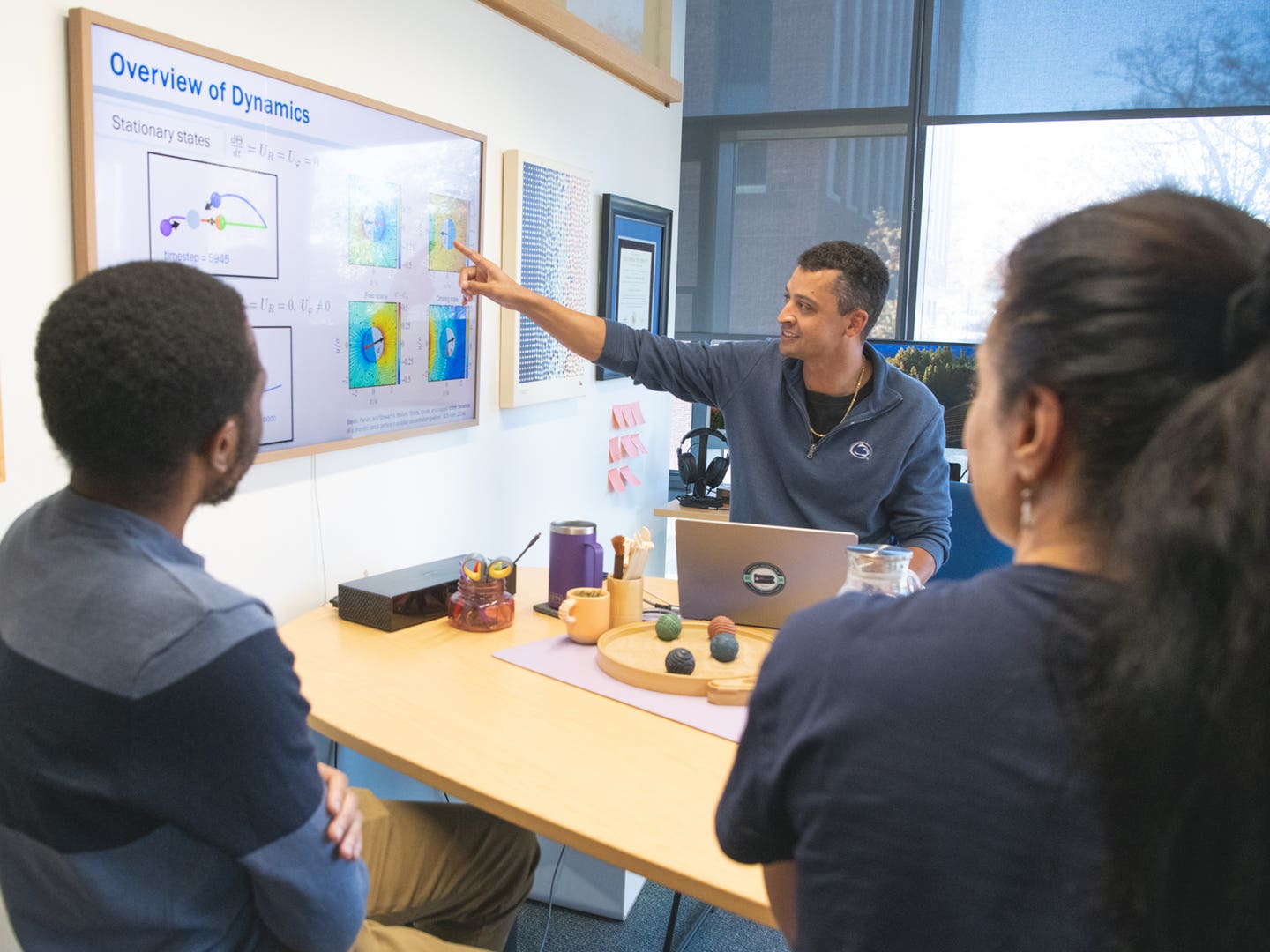Musical rhythm may be genetically inherited, study finds
Moving in time to musical rhythm is so automatic that people are often not conscious of the exquisite coordination that it demands.

[June 20, 2022: Craig Boerner, Vanderbilt University Medical Center]
The breakthrough therapy dramatically improved severely injured spinal cords in five key ways. (CREDIT: Jacob Lund)
Moving in time to musical rhythm is so automatic that people are often not conscious of the exquisite coordination that it demands of our brains, minds and bodies.
“Tapping, clapping and dancing in synchrony with the beat — the pulse — of music is at the core of our human musicality,” said Reyna Gordon, PhD, associate professor in the Department of Otolaryngology - Head and Neck Surgery and co-director of the Vanderbilt Music Cognition Lab.
Through a new study led by Vanderbilt Genetics Institute researchers in collaboration with 23andMe, a personal genomics and biotechnology company, Gordon and her colleagues have made a significant discovery about the biological underpinnings of musical rhythm.
The study, published in the journal Nature Human Behaviour, is the first large-scale genome-wide association study of a musical trait. Gordon and Lea Davis, PhD, associate professor of Medicine, both co-senior authors on the findings, along with Maria Niarchou, PhD, research instructor in the Department of Medicine and first author of the paper, co-led a team of international collaborators in novel groundwork toward understanding the biology underlying how musicality relates to other health traits.
This study identified 69 genetic variants associated with beat synchronization — the ability to move in synchrony with the beat of music. Many of the variants are in or near genes involved in neural function and early brain development. “Rhythm is not just influenced by a single gene — it is influenced by many hundreds of genes,” Gordon said.
Related Stories
In addition, the study found that beat synchronization shares some of the same genetic architecture involved in biological rhythms such as walking, breathing and circadian patterns.
These new results shed light on how biology contributes to something as culturally unique and intricate as musicality and highlights connections between rhythm and health. Importantly, the researchers noted that genetics only explain some of the variability in rhythm skills and that environment certainly also plays a large role. Studying the complexity of those possible genetic influences on musical traits is only now possible with very large numbers of people participating in this research.
In this case, the study used data from more than 600,000 research participants. From that data, the researchers were able to identify genetic alleles that vary in association with participants’ beat synchronization ability. 23andMe’s large research dataset with millions of individuals who consented to participate offered a unique opportunity for researchers to capture even small genetic signals, said David Hinds, PhD, a research fellow and statistical geneticist at 23andMe.
These new findings represent a leap forward for scientific understanding of the links between genomics and musicality.
“Musical beat processing has intriguing links to other aspects of cognition including speech processing and plays a key role in the positive effect of music on certain neurological disorders, including on gait in Parkinson's disease,” said Aniruddh D. Patel, professor of Psychology at Tufts University, an expert not involved in the study.
“Using such a large dataset allows researchers to find new insights into the biology and evolutionary foundations of musicality. While recent years have seen a growth in neuroscientific and developmental work on beat processing, the current study takes the biological study of beat processing to a new level,” Patel added.
This work was supported in part by an NIH Director’s New Innovator award #DP2HD098859. Visit the FAQ of the study to learn more.
Note: Materials provided above by Vanderbilt University Medical Center. Content may be edited for style and length.
Like these kind of feel good stories? Get the Brighter Side of News' newsletter.
Joseph Shavit
Head Science News Writer | Communicating Innovation & Discovery
Based in Los Angeles, Joseph Shavit is an accomplished science journalist, head science news writer and co-founder at The Brighter Side of News, where he translates cutting-edge discoveries into compelling stories for a broad audience. With a strong background spanning science, business, product management, media leadership, and entrepreneurship, Joseph brings a unique perspective to science communication. His expertise allows him to uncover the intersection of technological advancements and market potential, shedding light on how groundbreaking research evolves into transformative products and industries.



